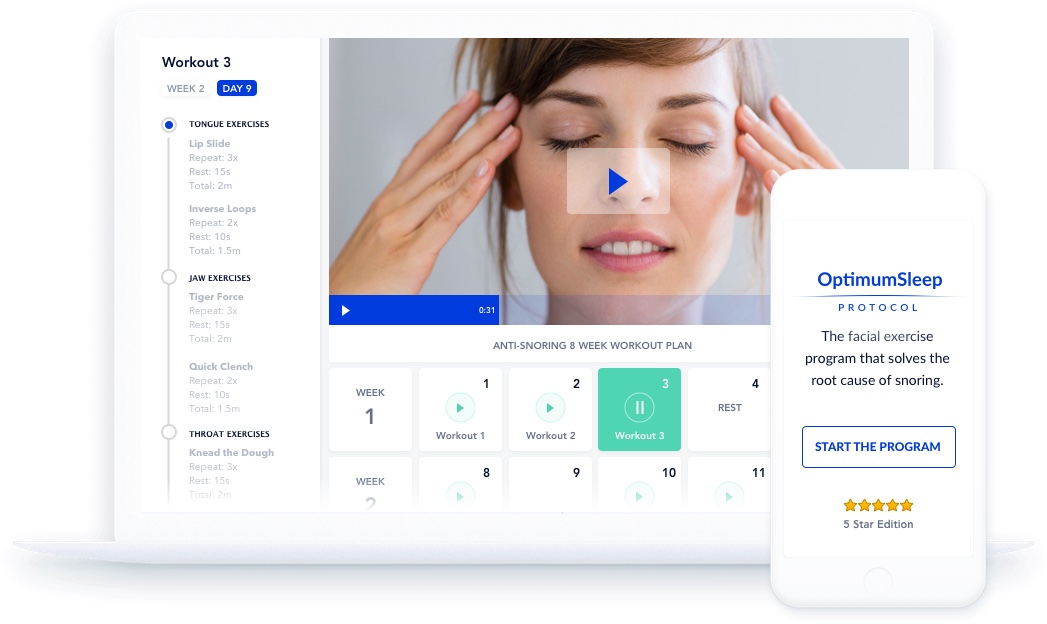When the men reach the average age, they actually facing a variety of health problems, from heart disease to diabetes and cancer of the prostate, so the maintenance of the healthy way of the life demands more attention to their health when they were younger. Unfortunately, not everyone follows the guidelines given by their doctor, and many medical problems can go unnoticed for years. One of the most common but often not diagnosed issues medical average age of men faces is obstructive sleep apnea.
What is sleep apnea?
Sleep apnea is a sleep disorder that consists of pauses in breathing during sleep which involves the sleeping person to missing breaths one or several times throughout the night. Shortness of breath can cause deficiencies of blood oxygen saturation and an increase in neurological activity, which can lead to daytime sleepiness and fatigue due to the lack of sleep.
There are three different forms of sleep apnea: Central, obstructive, and complex. Central sleep apnea is a cessation of breathing due to a lack of effort while obstructive sleep apnea is caused by a physical block to airflow despite the effort. In Complex, or ‘mixed’ Sleep Apnea, there is a transition from the central level to the obstructive during interruptions of breathing themselves. The three types of sleep apnea may be diagnosed by your doctor using a sleep test called which is called a polygraph recording of sleep overnight and by measuring the levels of oxygen in the blood.
Individuals who actually suffering from sleep apnea are rarely aware that they have difficulty breathing during the night. Patients are generally recognized that they have a problem by other witnesses who actually interruptions of respiration because of the effects on their body. Those patients who actually have obstructive sleep apnea is usually asleep during brief periods of their normal daily activity if they are given the opportunity to rest. Other signs of loud snoring with periods of silence followed by gasps, morning headache, difficulty concentrating, heartbeat, anxiety, depression and heavy night sweats.
Who is at risk of sleep apnea?
Those who have structural features and decreased muscle tone, an increase of soft tissue around the airway, causing a narrow airway are at high risk for obstructive sleep apnea. Due to differences in the structure of the body (the anatomy of the male body is characterized by body mass increased at the level of the torso and the neck), women generally suffer from sleep apnea much less frequently than men, but the sexes are at high risk if they are obese.
How is sleep apnea can be treated?
Doctors recommend a variety of treatments based on the individual case and the cause of interruptions of sleep. In cases where obstacles are created by an inflammation of the adenoids or tonsils, sleep apnea can be treated with anti-inflammatory drugs or surgical removal, but that mainly applies to children. Surgical operations are available to remove and tighten tissue and widen the airway, but the rate of success of these operations is not high.
In many cases of sleep apnea can be treated with changes in lifestyle such as losing weight, stopping smoking and avoiding alcohol and drugs that calm the central nervous system, such as sedatives and muscle relaxants. Some people use special pillows and devices to help them to prevent sleeping on the back.
Doctor recommendations
In many cases, doctors recommend continuous positive airway pressure or CPAP. When you use a CPAP machine, the person with sleep apnea is a special mask connected to a machine that blows air under pressure through the airway to keep it open. The level of air pressure is prescribed by a physician. Although some patients are reluctant to use this form of therapy because of the machine and mask air left and uncomfortable, the difference in the quality of sleep can usually be felt after a night of use.
The first step is to see a doctor
Restless nights can lead to fatigue and drowsiness, which is dangerous if you are at work or at in your car. If you find that you are not sleeping a good night, or your spouse is complaining of unusually snoring, talk to your doctor about sleep apnea.








0 Comments